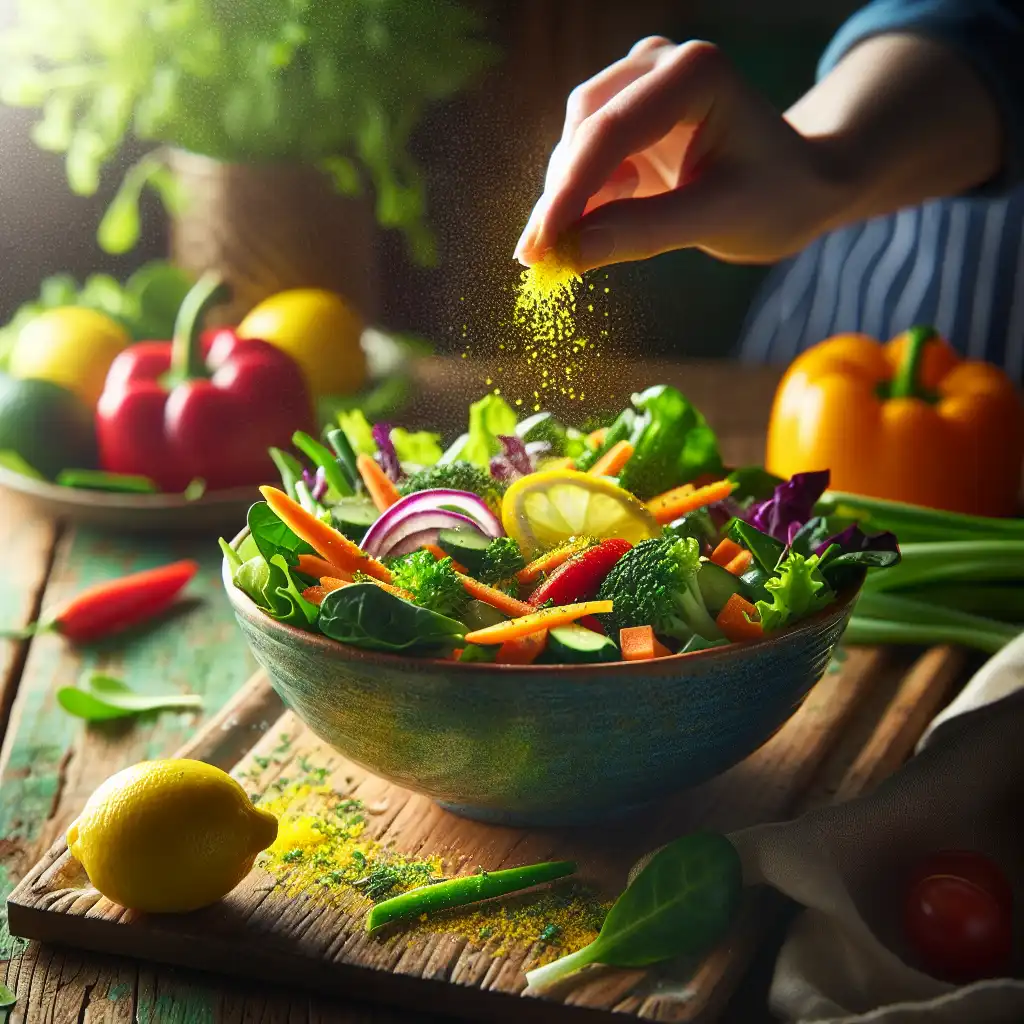
Citric
Naturally Occurring
Citric is used to describe natural properties in fruits, not synthetic ingredients or flavors.  Organic lemon juice is high in natural citric components.
Organic lemon juice is high in natural citric components.
Culinary Flavor
In cooking, citric typically refers to a fresh, tangy taste that enhances dishes.  A pinch of citric zest can transform a bland salad.
A pinch of citric zest can transform a bland salad.
Not Always Sour
Despite association with sourness, citric elements can be sweet or add depth.  The citric notes in this drink come from sweet oranges.
The citric notes in this drink come from sweet oranges.